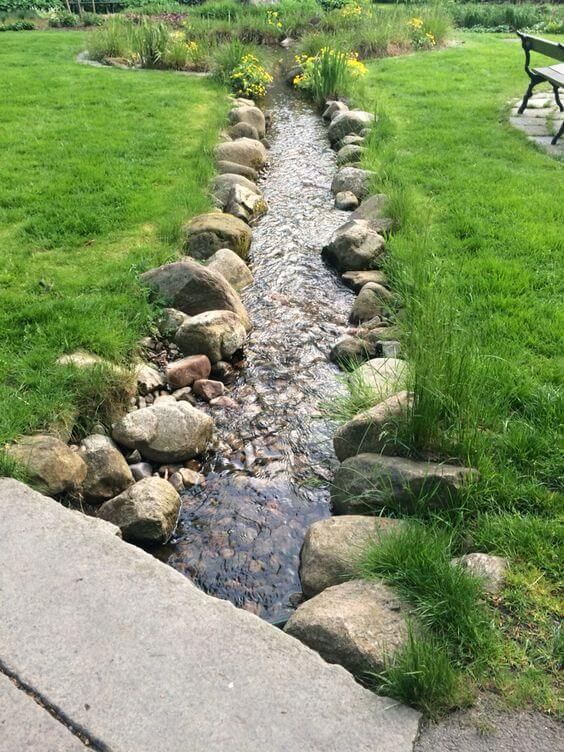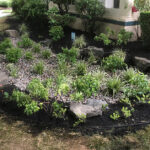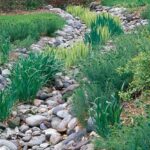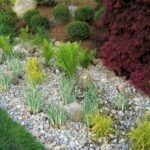Rain gardens are a sustainable and eco-friendly way to manage stormwater runoff while also adding beauty and biodiversity to outdoor spaces. These gardens are designed to capture and absorb rainwater from roofs, driveways, and other hard surfaces, allowing it to infiltrate into the ground rather than running off into storm drains. Proper design is essential for a rain garden to function effectively and provide long-term benefits for the environment.
When planning a rain garden, it is important to consider the location and size of the garden. Rain gardens should be placed in areas where they can capture runoff from impervious surfaces, such as downspouts or driveways. The size of the garden will depend on the amount of runoff the area receives and the specific plants chosen for the garden. Generally, rain gardens should be at least 100 square feet in size to effectively manage stormwater.
The shape and depth of a rain garden are also important factors to consider in the design process. Rain gardens should be bowl-shaped to facilitate the collection of water and allow for slow infiltration into the ground. The depth of the garden will vary depending on the soil type and drainage characteristics of the site. A depth of 6-12 inches is typically sufficient to capture and absorb stormwater runoff.
Selecting the right plants for a rain garden is crucial for its success. Native plants are well-suited for rain gardens because they are adapted to local climate conditions and have deep root systems that help absorb water and prevent erosion. It is important to choose a mix of plants with different root depths and growing habits to maximize water infiltration and provide habitat for wildlife.
Maintenance is essential for keeping a rain garden functioning properly over time. Regular maintenance tasks may include weeding, mulching, and watering during dry periods to ensure the health of the plants. It is also important to monitor the garden for erosion or standing water and make any necessary adjustments to the design to improve performance.
In conclusion, rain garden design plays a crucial role in the effectiveness and longevity of a rain garden. By carefully planning the location, size, shape, plant selection, and maintenance of a rain garden, homeowners and landscapers can create a beautiful and sustainable feature that helps manage stormwater runoff and promote biodiversity in the landscape.










